
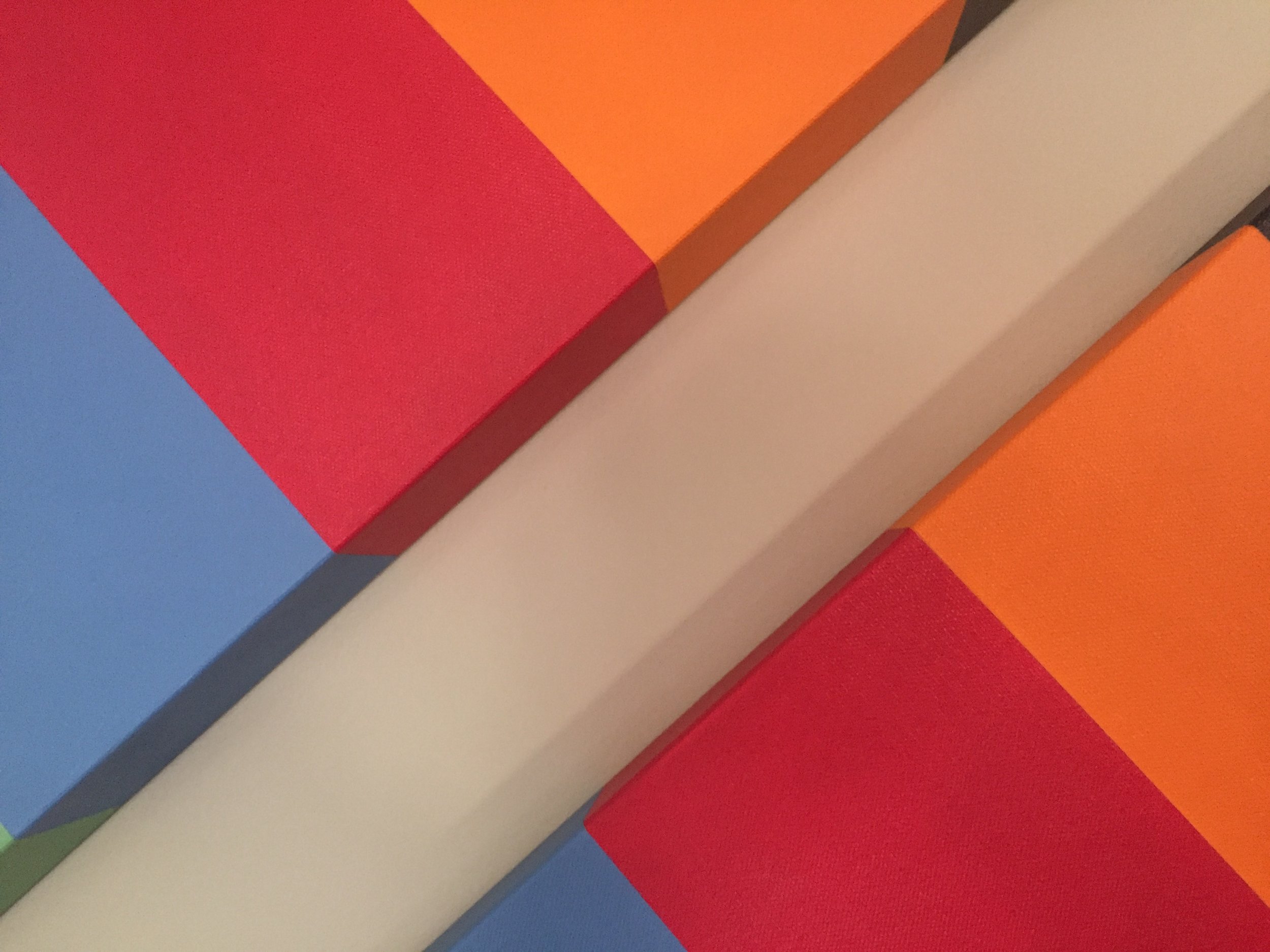
“We plan our lives according to a dream that came to us in our childhood, and we find that life alters our plans. And yet, at the end, from a rare height, we also see that our dream was our fate. It’s just that providence had other ideas as to how we would get there. Destiny plans a different route, or turns the dream around, as if it were a riddle, and fulfills the dream in ways we couldn’t have expected."
—Ben Okri
Providence decided the course.
Jno. Wilson entered the Bachelor of Fine Arts program at the University of North Carolina Chapel Hill in 1970; his passion became line, color, and geometric shapes applied with precision on canvas. Professor and Museum Curator Joseph Curtis Sloane validated his need to embrace rather than react to California Hard-Edge Painters Frederick Hammersley, Karl Benjamin and Lorser Feitleson, as well as Washington Color School painters Howard Mehring, Paul Reed, and Gene Davis. At 18 years old, Wilson committed to painting as his life's work.
But providence altered the plan. After a couple of years of painting, he packed up his paints and brushes, transferred to the School of Design at North Carolina State University to study architecture. Art Historian John Reuer gave him a foundation in the history of art and architecture. Artist and Studio Professor Duncan Robert Stuart freed him from the limitations of his former education. Becoming an Architect in 1978, he opened an office and successfully practiced for nearly forty years.
It seems destiny is now fulfilling his childhood dream, his early commitment to painting. Each day Wilson enters his studio to create non-objective, hard-edge color paintings with the same passion, same inspiration, same lines, colors and shapes.

The properties of my paintings; line, color, geometric shapes, precision, are all things I used for over thirty years practicing architecture. They are things we all see in nature, in the built environment, and in other works of art. But each of my works is created as something new, something to seen for the first time, something never before encountered.
In contrast to my life as an architect, I now work alone, without clients, in a studio. I use flat-toned hues organized on square canvases in geometric shapes with hard lines. The colors cover the canvas from side to side and around the edges. The single requirement is to my expression, which in the end creates an opportunity for a viewer to experience, to embrace, to reject or to ignore the work, all equally valid reactions.
In representational art, the painter is given something, something from nature or from the built environment. He takes something recognizable, something previously seen. In creating my non-objective work I am given nothing, I take nothing. The painting imitates nothing. It is a new thing, a new fact, a new creation, responsible only to itself.





















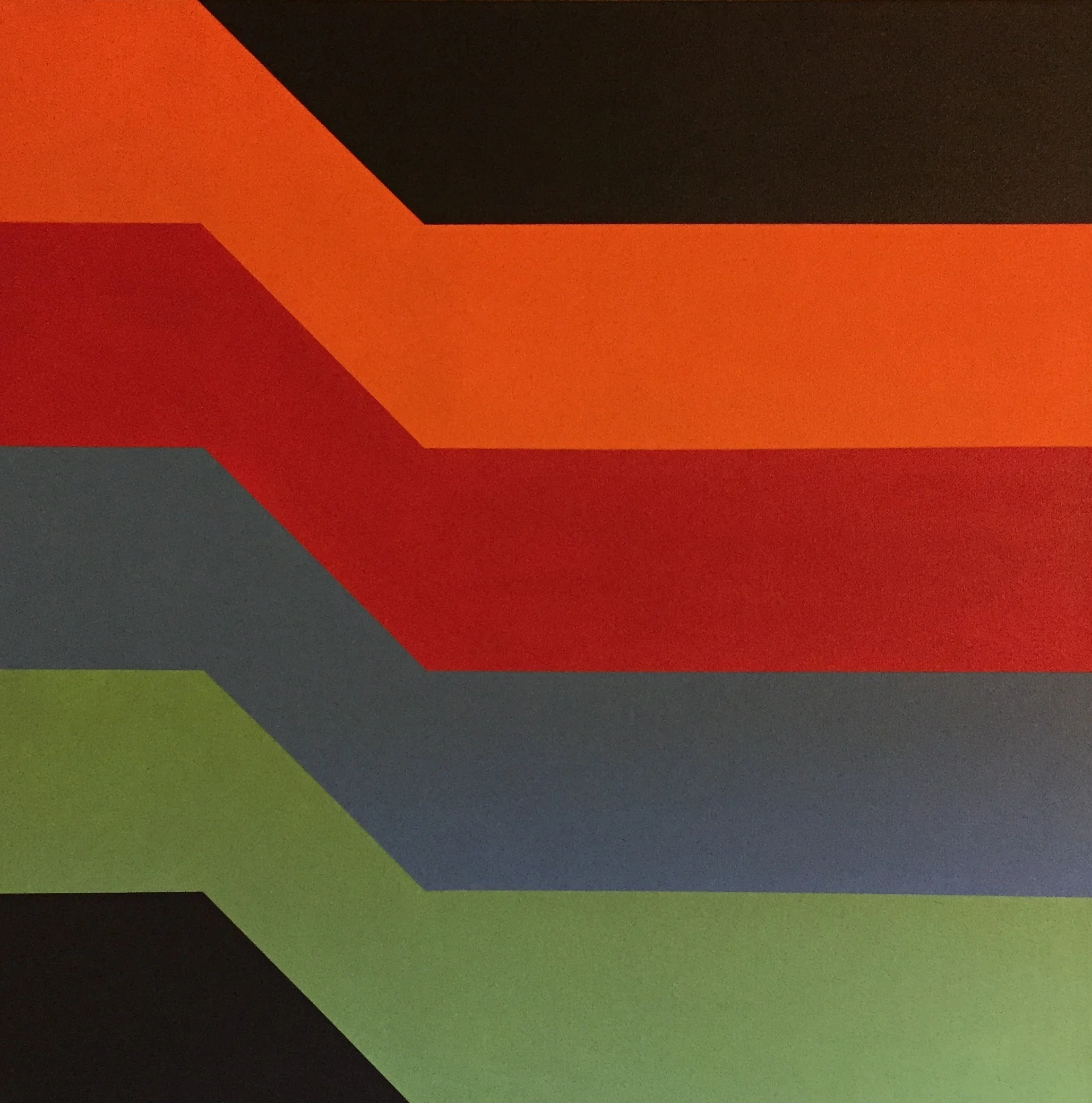
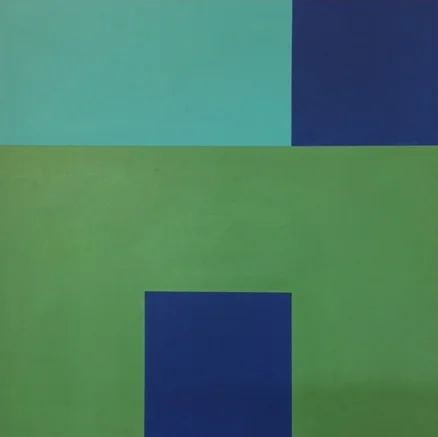
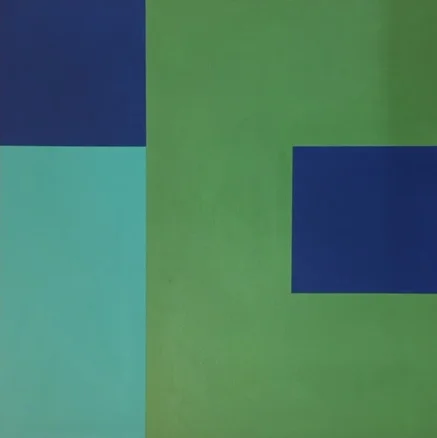
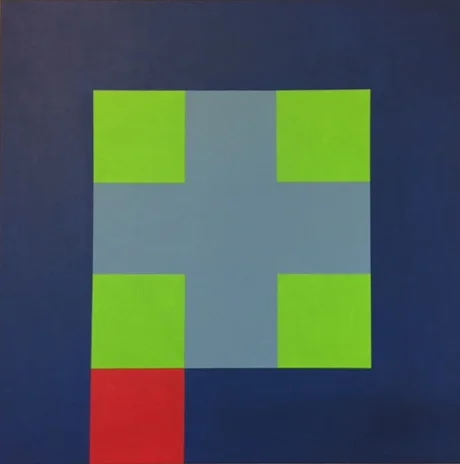


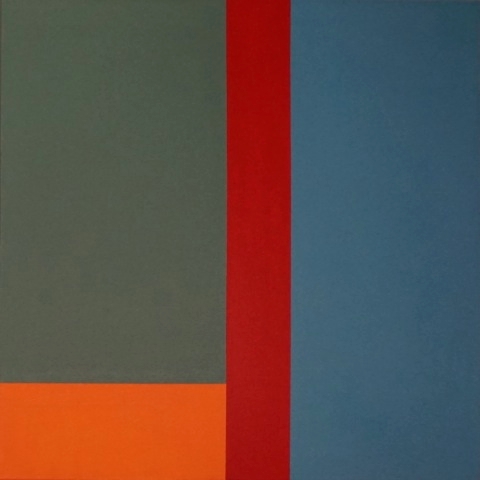



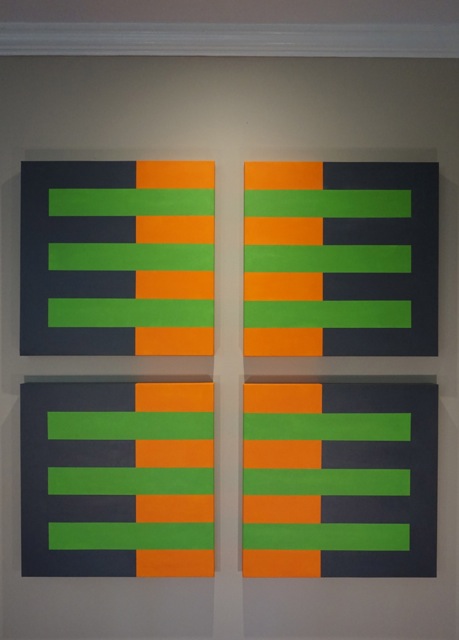
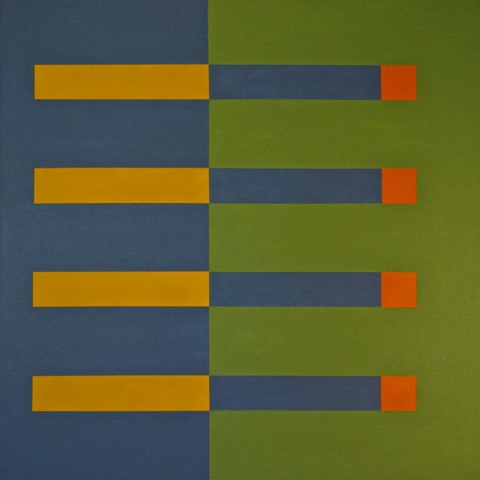



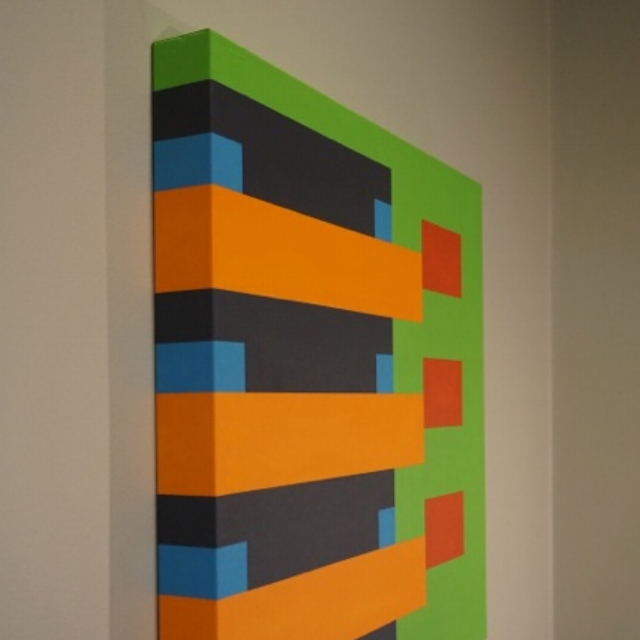




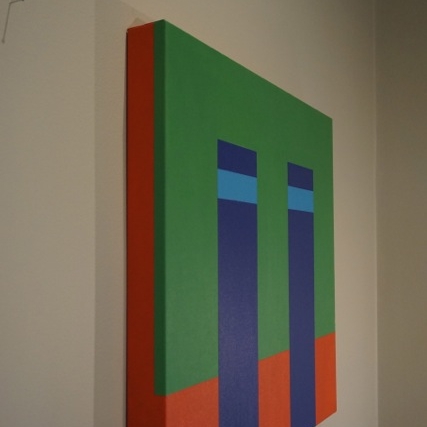

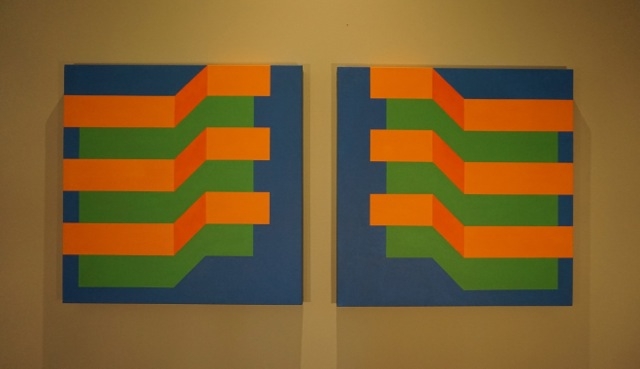


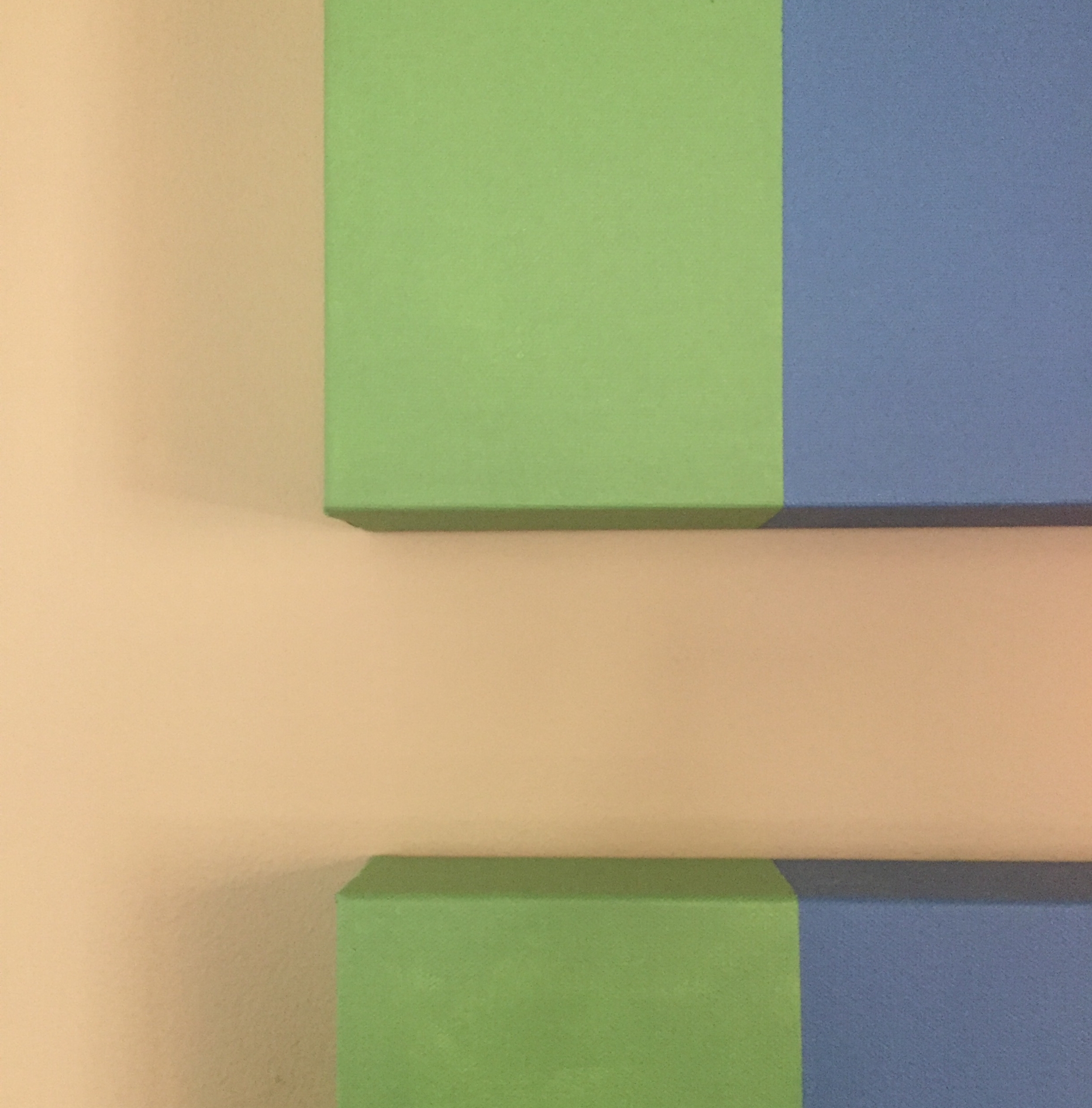









EDUCATION
Lycée Jaccard, Lausanne, Switzerland
University of North Carolina, Chapel Hill
North Carolina State University, Raleigh
Bachelor of Environmental Design in Architecture 1975
Royal Danish Academy of Fine Arts, Copenhagen
George Washington University, Washington, DC
Masters in Historic Preservation 1978
Roanoke Island on the Outer Banks of North Carolina
CONTACT: PO Box 970, Manteo, NC 27954

